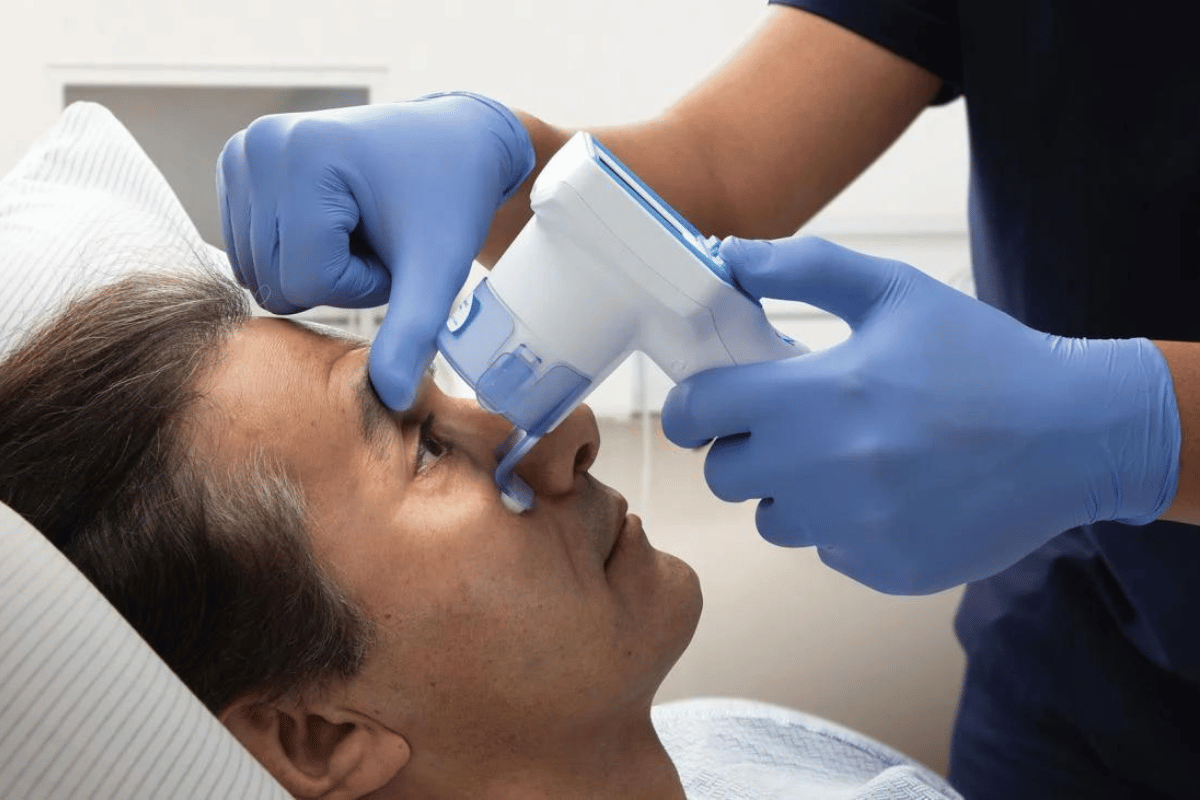How Pupil Reactivity Evaluation Enhances Diagnostic Precision
Our understanding of the complex reactions of the human body advances along with medical knowledge. The pupillary light reflex is one of these reactions that stand out as a critical sign of neurological function. Experts are increasingly using pupil reactivity evaluation as a potent diagnostic technique utilizing this information.
Comprehending Pupil Reactivity: An Insight into Neurological Well-being
A basic feature of human physiology, the pupillary light reflex includes the pupil’s dilatation and constriction in response to variations in light intensity. The autonomic nervous system controls this response, which is a valid indicator of brain activity. Any anomalies in pupil reactivity can indicate underlying neurological disorders, such as neurodegenerative illnesses or traumatic brain traumas.
The Function of Pupil Reactivity Evaluation
Neurological assessment has been transformed in recent years by the inclusion of pupil reactivity evaluation in diagnostic techniques. By measuring and analyzing the dynamics of pupil response, medical personnel can get important insights into a patient’s neurological health with the use of specialized equipment. Rapid monitoring and assessment are made possible by this non-invasive method, which also makes prompt treatments possible and enhances patient outcomes.
Improving the Accuracy of Diagnosis
Healthcare practitioners can achieve greater diagnostic precision by integrating pupil reactivity assessment into clinical practice. This procedure enables them to identify small neurological changes that more conventional testing methods would miss. Additionally, the quantitative character of pupil analysis improves overall accuracy and reduces the possibility of misunderstanding, thereby increasing objectivity in diagnostic decision-making.
Future Approaches and Innovations
All the neurological tools and methods used for pupil reactivity evaluation will advance along with technology. “We can further improve the effectiveness and accessibility of this diagnostic strategy by utilizing advanced neurological tools, such as wearable devices and automated pupillometers.” To further enable even more individualized and efficient patient treatment, current research also attempts to identify new uses for pupil reactivity evaluation in a variety of medical professions.
About NeurOptics®
NeurOptics® pioneered several advances making them a leader in pupillometry. NeurOptics commits to creating and implementing state-of-the-art technologies empowering physicians and supporting clinical research in critical care medicine, neurology, neurosurgery, emergency medicine, and applied research.
This dedication is driven by a goal to improve patient outcomes. With its corporate office in Irvine, California, NeurOptics is present all over the world, with representatives in over 40 nations.


Leave a Reply
You must be logged in to post a comment.